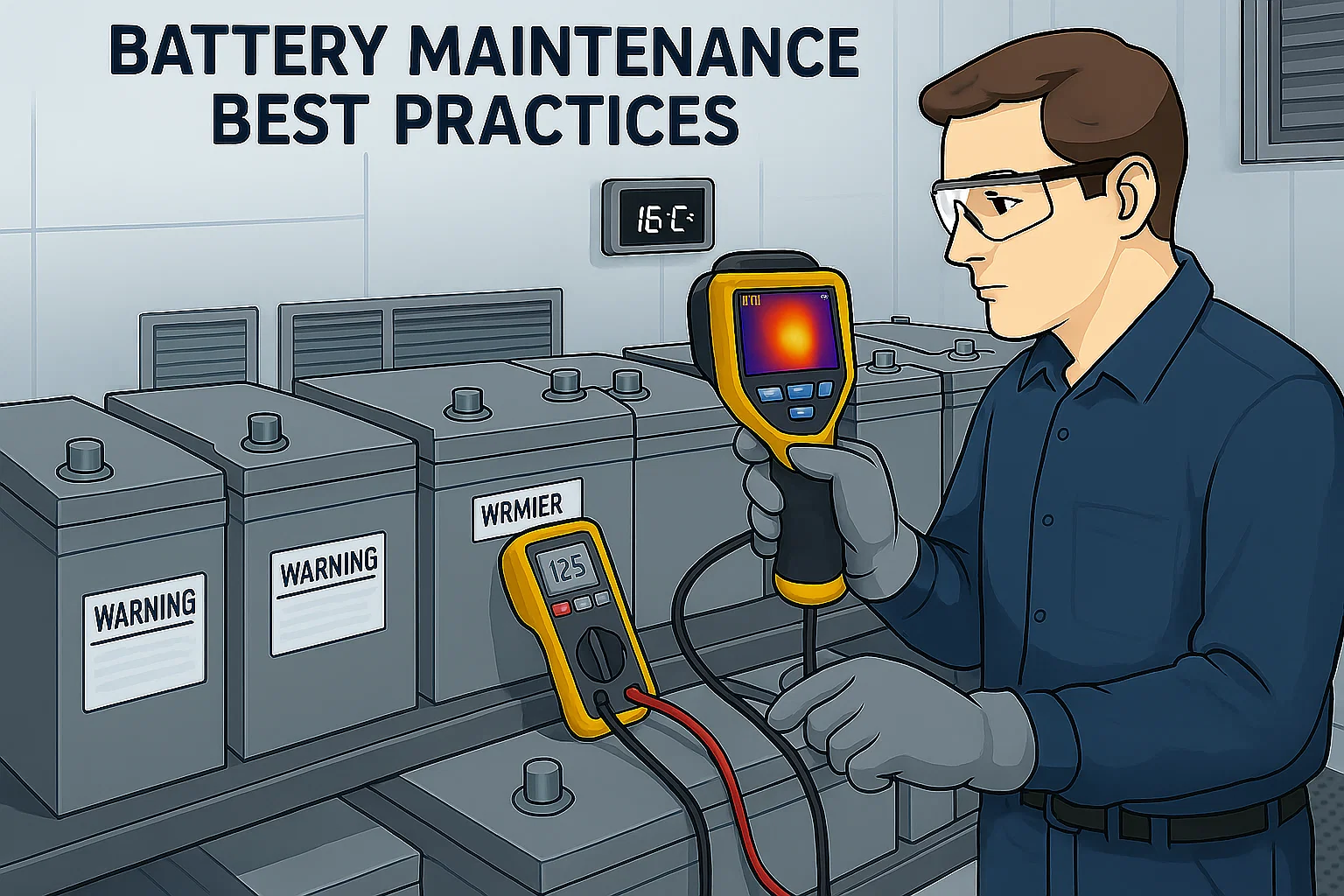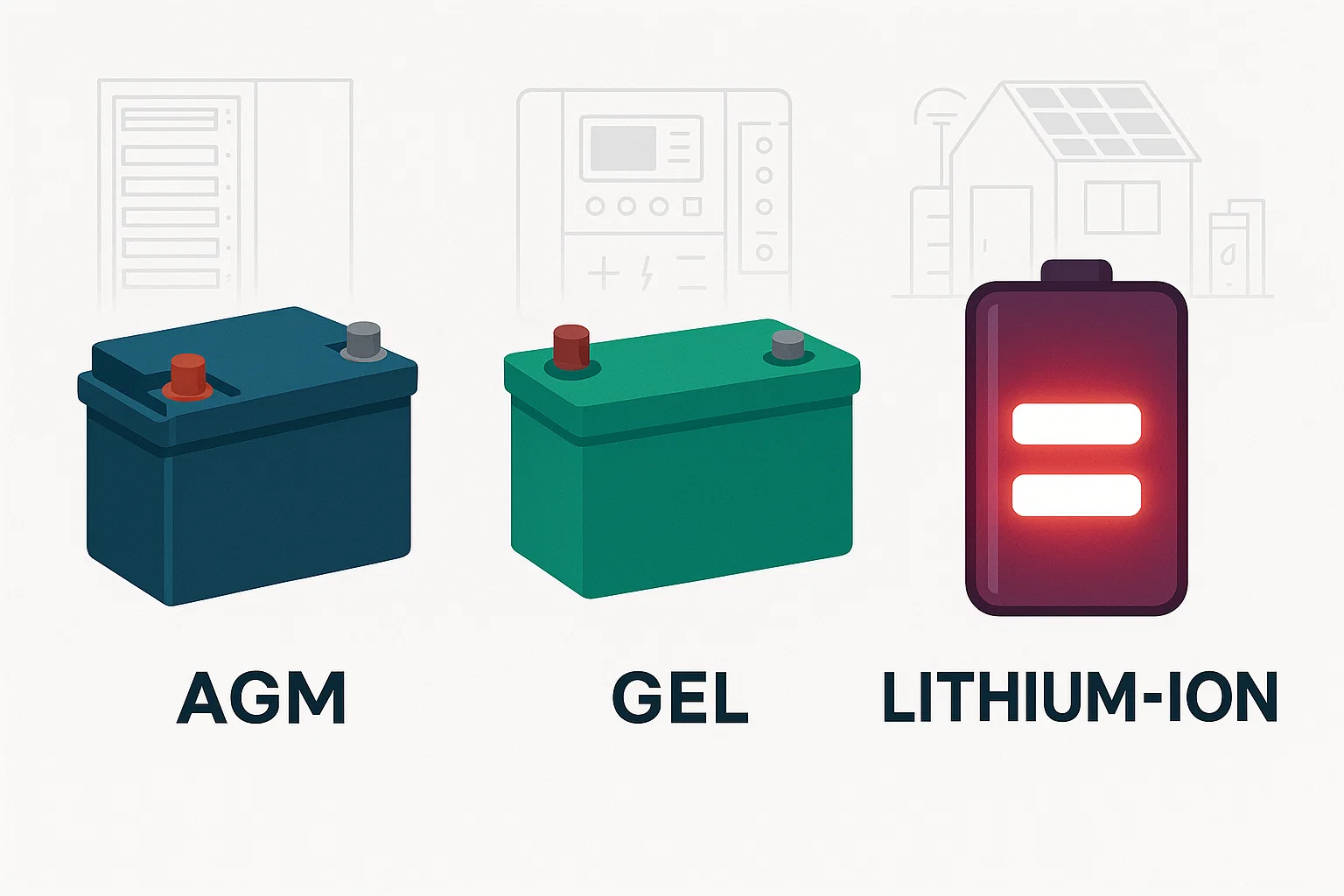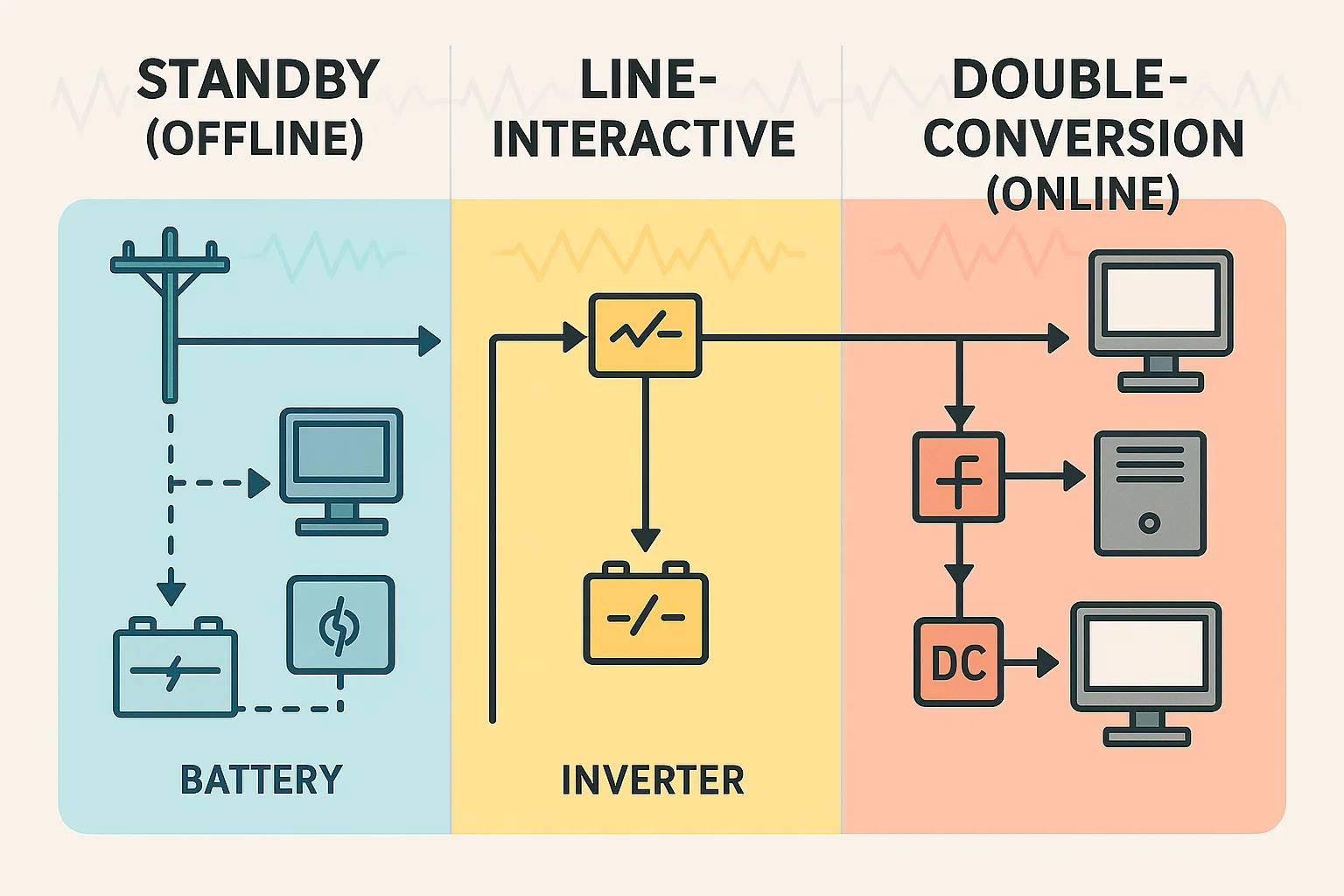Battery Maintenance Best Practices: Maximizing UPS & Backup System Reliability
Discover essential guidelines for proactive maintenance of UPS and backup batteries to extend their lifespan, ensure peak performance, and prevent unexpected power outages.

Batteries are the silent workhorses of any Uninterruptible Power Supply (UPS) or backup power system. Yet, they are also the most common point of failure. Proactive maintenance is not merely a recommendation; it's a critical investment that directly impacts your system's reliability, runtime, and overall lifespan, safeguarding against unexpected outages and costly downtime.
Why Proactive Maintenance Matters
Ignoring battery health is a direct path to system vulnerability. Key reasons for a robust maintenance regimen include:
- Preventing Surprise Outages: Batteries degrade over time. Regular checks identify weakening cells before they compromise the entire string during a power event.
- Extending Lifespan: Proper care, especially environmental control, can significantly prolong the operational life of batteries, delaying costly replacements.
- Ensuring Rated Runtime: A degraded battery won't deliver its promised backup time, leaving critical loads unprotected. Maintenance verifies actual capacity.
- Safety: Identifying issues like swelling, leaks, or loose connections prevents potential hazards like thermal runaway or arc faults.
Essential Routine Maintenance Tasks
A consistent maintenance schedule should include:
- Visual Inspections: Regularly check for physical signs of distress such as case swelling, electrolyte leaks, cracks, corrosion on terminals, and loose connections. Any visible damage warrants immediate investigation.
- Connection Integrity: Verify that all intercell connectors and terminal bolts are torqued to manufacturer specifications. Loose connections increase resistance, generate heat, and reduce efficiency. Thermal scans can help identify hot spots.
- Float Voltage Verification: For lead-acid batteries, confirm that the UPS is maintaining the correct float voltage. Incorrect float voltage (too high or too low) can lead to overcharging or undercharging, both of which shorten battery life. Perform equalization charges as recommended by the manufacturer for certain battery types.
- Periodic Discharge Testing: Conduct controlled discharge tests to assess the battery's actual capacity and health. This provides real-world data on how long your batteries can sustain the load. Trend analysis of these tests can predict end-of-life.
- Individual Cell Monitoring: For larger battery strings, monitoring individual cell voltages, internal resistance, or impedance can provide early indicators of failing cells, allowing for proactive replacement.
Critical Environmental Controls
Temperature is the single biggest factor affecting battery life:
- Optimal Temperature: Maintain the battery environment within the manufacturer's recommended range, typically 20–25°C (68–77°F).
- Temperature Impact: For every 10°C (18°F) rise above the optimal temperature, the service life of a typical VRLA (lead-acid) battery can be halved.
- Ventilation: Ensure adequate ventilation to dissipate heat and prevent the accumulation of gases (e.g., hydrogen in flooded lead-acid batteries).
- Avoid Hot Spots: Ensure uniform temperature distribution throughout the battery room or cabinet, avoiding localized hot spots that can accelerate degradation.
Strategic Replacement Planning
Don't wait for failure to plan replacements:
- Calendar-Based Replacement: Most batteries have a design life (e.g., 5-year, 10-year). Plan for replacement as they approach this age, regardless of apparent condition.
- Condition-Based Replacement: Utilize battery monitoring systems (BMS) that track internal resistance, impedance, and temperature to identify failing cells or strings early, allowing for targeted replacement before total system failure.
💡 Documentation is Key: Keep meticulous records of all maintenance activities, readings, and serial/lot numbers. This documentation is invaluable for trending performance, validating warranties, and optimizing future maintenance and replacement strategies. Proactive battery care is synonymous with system uptime.


